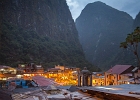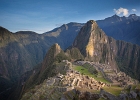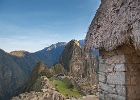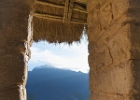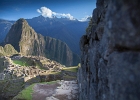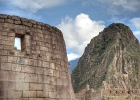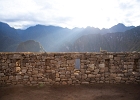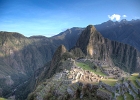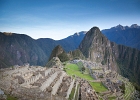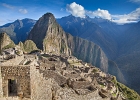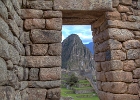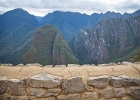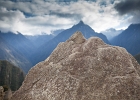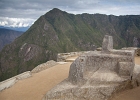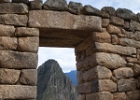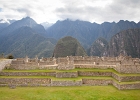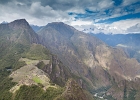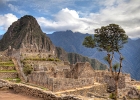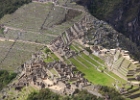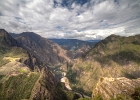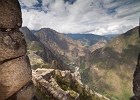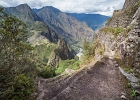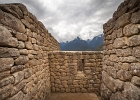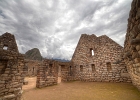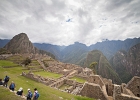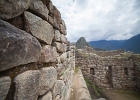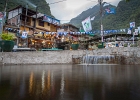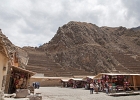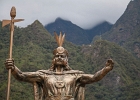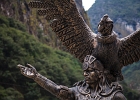Machu Picchu
In 1450, the Incas built an estate high above the Sacred Valley, some 80km north of Cusco, their capital. It's name today: Machu Picchu. In 1572, after the fall of their empire, the city was abandoned. The Spanish would never discover it. For 339 years, it lay empty up in the mountains, until an American academic "found" it again in 1911. It is the most recognizable symbol of the Inca Civilization. It is certainly a great testament to their engineering prowess: thousands of feet above a valley, on a steep mountain top, most of the buildings still stand solid despite hundreds of years of neglect, erosion, and even earthquakes.
It's use: still debated to this day. Most likely it was a retreat for Inca royalty. It almost certainly had been designed a sacred place to honor the natural landscape. The layout of the city seems dedicated to the sun, the mountains and the sacred valley.
It's use: still debated to this day. Most likely it was a retreat for Inca royalty. It almost certainly had been designed a sacred place to honor the natural landscape. The layout of the city seems dedicated to the sun, the mountains and the sacred valley.
